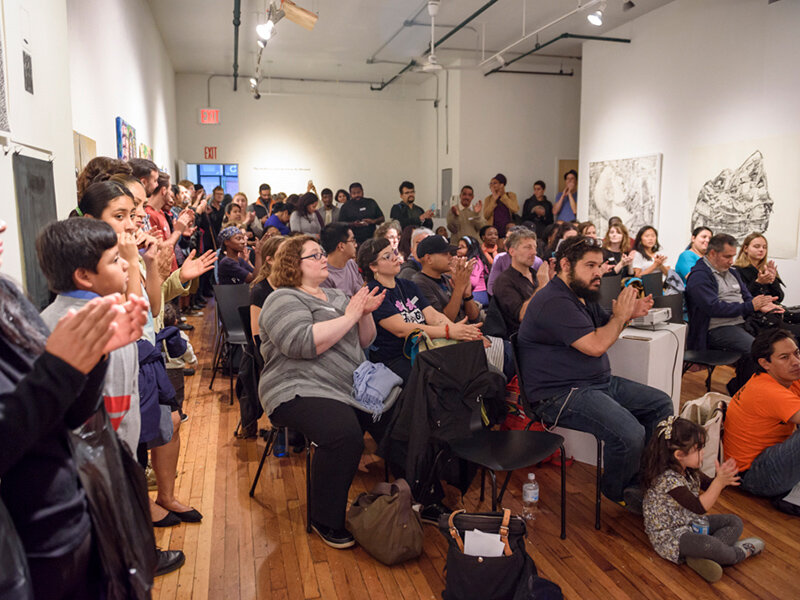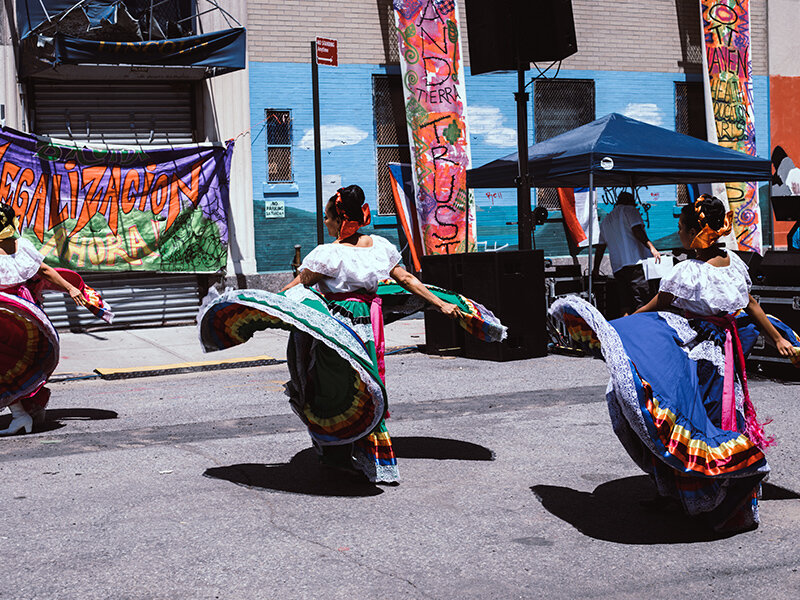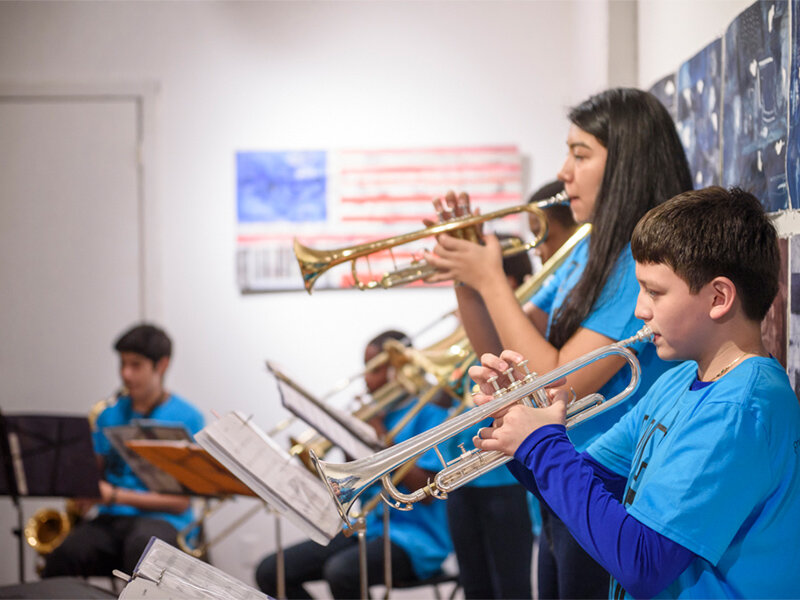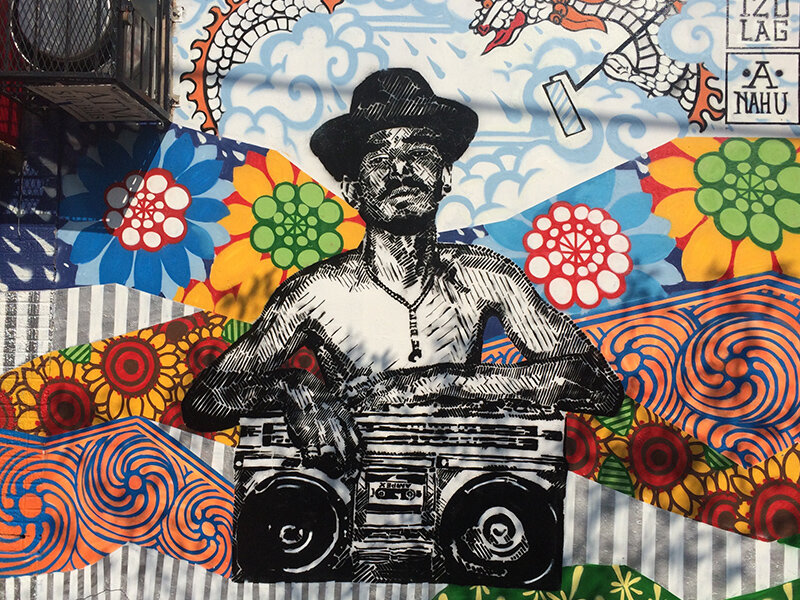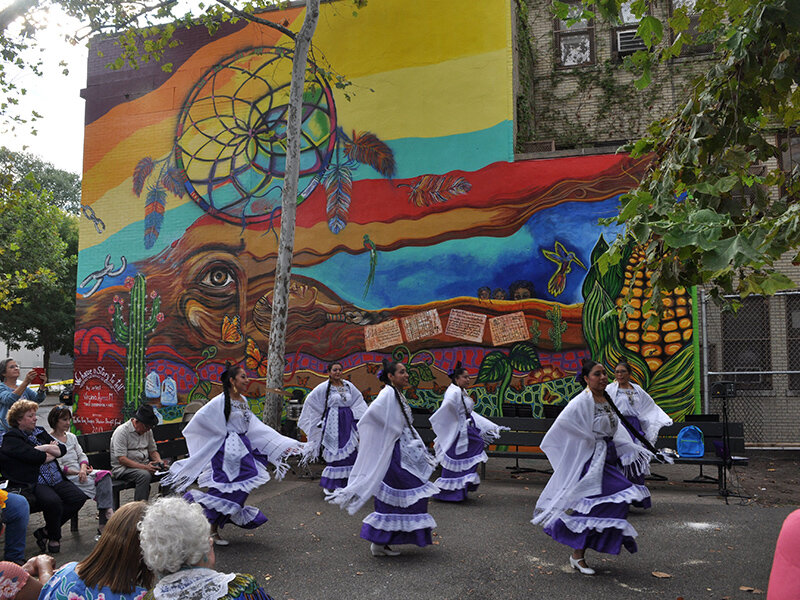
ARTS & CULTURAL EQUITY
The Challenge
The South Bronx has been branded as an icon of urban blight, while simultaneously being the cradle of mambo, salsa, hip-hop, voguing, sanctioned and unsanctioned public art, and street art sub-genres (sculpture, post-graffiti, conceptual outdoor work, and muralism).
Mott Haven and Port Morris were always “on the map” as cradles of these cultural forms, before predatory interests thought to baptize it with acceptability and “value”. That our neighborhood has become part of a global artistic and cultural heritage is clear, but these local achievements are not nostalgia or in the past. Our cultural and artistic creations and organizations have rooted and defined our communities, expressed their longings and aspirations, and narrated our challenges.
All of that happened from the ground up, and against structural odds. Yet, today there are sadly few spaces of celebration and nurturing for new generations of cultural workers and artists in our neighborhood. Rather, private developers and speculators have regularly appropriated our cultural assets to displace locals with unaffordable housing developments built for folks that do not live here yet, but who can pay high rents.
Our Response
South Bronx Unite is at the forefront of this struggle by centering on land as a geography of justice in which communities imagine and build their own future development. Land is a social relationship, bound to culture, the spirit of a place that a people helped build; it can generate trust as a basis for organizing and the protection of memory.
We have a long history of leveraging the cultural and artistic patrimony of our communities for local uplift and celebration. Our activism is rooted in a hybrid cultural language and shared aesthetic practices that made this place unique. We protest with music, poetry and puppets; we hire local artists for murals that speak to our needs and solidarities. Our H.E.Arts project wishes to safeguard, render visible and contribute to the future of our arts and cultures as part of our educational, health-related, and environmental struggles.
Our approach centers on cultural workers, socially-engaged artists, and land activists / stewards who acknowledge that land issues are part of a struggle to preserve and nurture the cultures that inhabit our geographies. Only by preserving these ongoing histories will a viable future of joy be possible for all.
